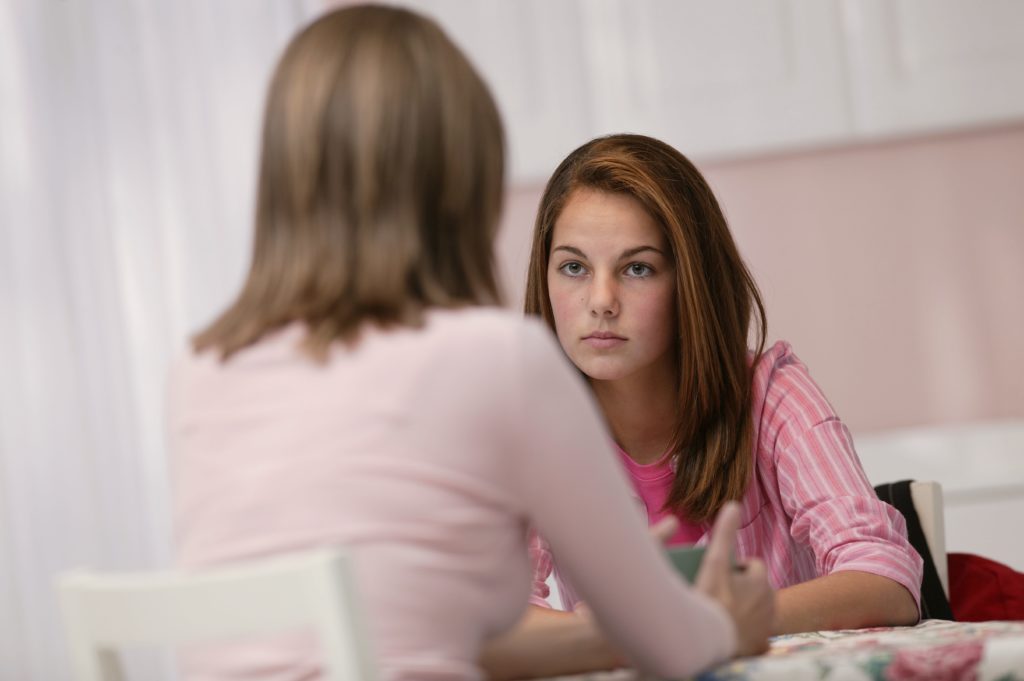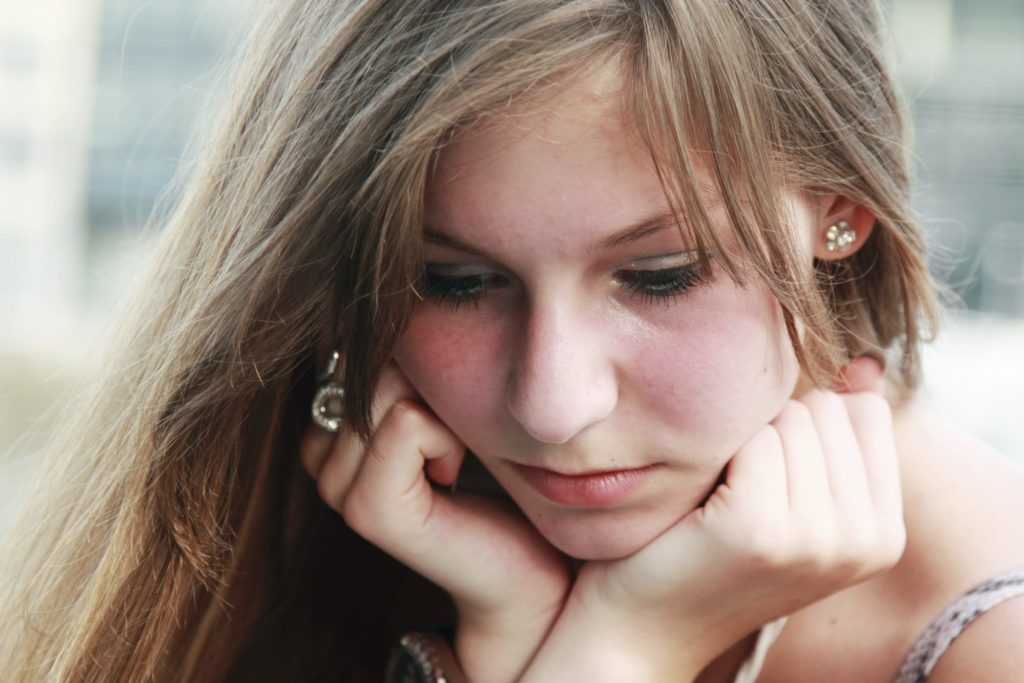Everybody knows teens can be moody. But mood disorders are more than the emotional ups and downs common to all adolescents. The most common mood disorders fall into two categories: bipolar disorders and major depression. Less than a generation ago, physicians believed that mood disorders only affected adults. Doctors now believe they nearly always begin during a person’s teen years, making it hard to do the things they need to do on a daily basis. Around 15 percent of all adolescents undergo some type of mood disorder before they turn 18. While mood disorders such as bipolar disorder and major depression affect one out of every seven American adults, three to five percent of teens have a diagnosable mood disorder. Anywhere from seven to 14 percent of kids will experience major depression before they are old enough to drive a car and close to 30 percent of all adult cases of bipolar disorder begin during adolescence. Dysthymia describes minor depression, a few bad days or weeks of feeling blue, usually associated with an event such as a break-up, a friend moving away or someone close to them dying, triggering temporary low mood. Major depression is a low mood that goes on for weeks and months with no obvious cause. The teen feels sad, but not for any identifiable reason. They may withdraw, become increasingly isolated, have trouble sleeping, feel bad about themselves and express hopelessness. Depressed teens suddenly no longer enjoy activities that they once took a great amount of pleasure in. Their grades may take a sudden nosedive. The teen feels tired all the time and is irritable. Bipolar disorder also starts to become apparent during adolescence, but rather than the persistent low mood of major depression, this mood disorder is characterized by distinct shifts in mood that swing from one extreme to the other. At one time the teen with bipolar disorder may feel highly energized, euphoric and capable. They may become overly talkative and so frenetic that they have trouble sleeping. Just as suddenly, the teen with bipolar disorder can swing to the other extreme and be overcome by sadness and deep melancholy that has no observable cause. The teen may exhibit all the signs of dysthymia or major depression for several days or several weeks. Bipolar disorder is broken down into two types: Bipolar I and Bipolar II. Bipolar I used to be called manic depression because of the severe swings from mania (the up/manic episode) to depression (the down episode). Bipolar II is quite similar, with the exception that the manic phase is not quite as extreme as it is in Bipolar I. This less than full mania phase is called hypomania. Mood disorders like major depression and bipolar disorder tend to run in families, suggesting a genetic factor. However, depression can strike a person with no family history of the illness. These disorders are diagnosed by a trained mental health professional using the Diagnostic and Statistical Manual of Mental Health which outlines the symptoms which accompany these disorders. Patients will need to exhibit several symptoms for a period of time in order to be diagnosed. Certain counseling therapies like cognitive behavioral therapy can help the teen re-form more positive thought patterns, and medication can be of help, at least initially. The following are things parents can do if their kids are showing symptoms:
- Sleep is a huge factor in all kinds of mood disorders. Regulating sleep is important since teens need to be getting eight solid hours.
- Exercise also helps to improve mood, with the added benefit of aiding sleep.
- Avoiding drugs and alcohol seems obvious, but these substances affect mood in a negative way over time and should be avoided at all costs. If there is ongoing substance use, treatment should be sought right away.






